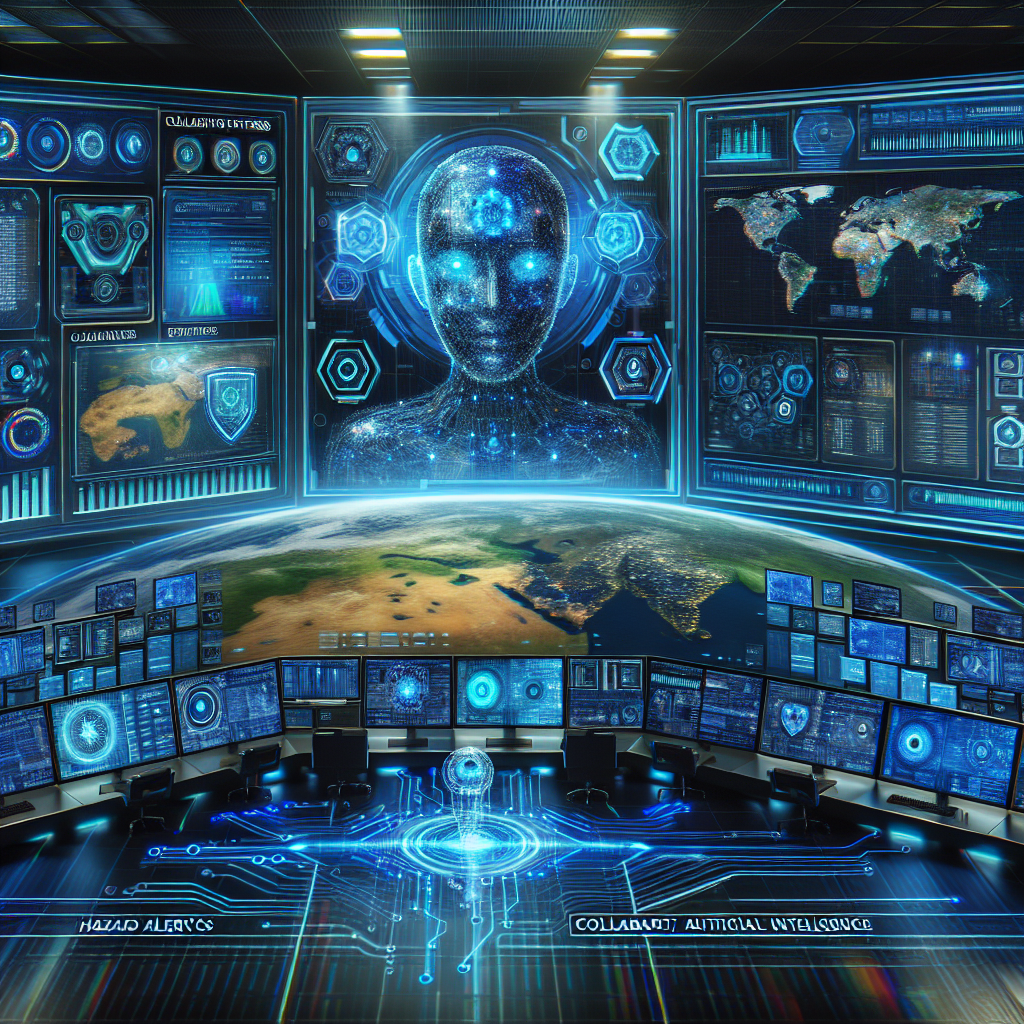Revolutionizing Cybersecurity: How AI and Machine Learning Combat Threats
CyberSecurity
Revolutionizing Cybersecurity: How AI and Machine Learning Combat Threats
In the rapidly evolving digital landscape, the sophistication and frequency of cyber threats have escalated significantly. As a result, traditional cybersecurity measures are often inadequate in addressing the dynamic nature of these threats. This is where Artificial Intelligence (AI) and Machine Learning (ML) step in, revolutionizing the way organizations confront and manage cybersecurity threats.
The Rise of AI in Cybersecurity
AI is transforming the cybersecurity industry by automating tasks that traditionally required human intervention. This advancement is especially critical, given the immense volume of data and threats that cybersecurity teams must handle daily.
Understanding the AI Advantage
At the core of AI’s contribution to cybersecurity is its ability to identify patterns and anomalies within large datasets. Such capabilities are vital in:
- Rapid threat detection: AI systems can process vast amounts of data far quicker than human analysts, allowing for near-instantaneous recognition of potential threats.
- Proactive threat management: By predicting potential attack vectors based on historical data, AI can help organizations stay one step ahead of cybercriminals.
- Reducing false positives: AI-powered systems are adept at distinguishing between legitimate threats and benign anomalies, minimizing the number of false alarms.
Machine Learning: The Backbone of AI-Driven Security
Machine Learning, a subset of AI, plays a pivotal role in enhancing cybersecurity defenses. By continuously learning from new data, ML algorithms improve over time, adapting to the unique challenges of modern cybersecurity.
How Machine Learning Optimizes Security
Machine Learning enhances cybersecurity in several ways:
- Dynamic pattern recognition: ML models excel in identifying evolving patterns in attack techniques, making it harder for cybercriminals to evade detection.
- Behavioral analysis: By monitoring user behavior and network traffic, ML tools can detect deviations from the norm that may indicate a security breach.
- Automated response: When a threat is identified, ML systems can automatically initiate a response, whether that means locking down systems, isolating threats, or alerting human operators.
AI and ML in Action: Real-World Applications
The implementation of AI and ML in cybersecurity is already manifesting in various real-world scenarios:
Network Security
AI-driven network security solutions monitor data traffic in real-time, analyzing packet flows to detect unusual activities. These technologies help prevent breaches by promptly identifying unauthorized access or data exfiltration attempts.
Email Security
Email remains a common attack vector, particularly through phishing. AI and ML technologies can analyze email metadata and content to recognize and block malicious emails before they reach end-users.
Endpoint Protection
Protecting endpoints like laptops, mobile devices, and servers is crucial. AI-powered endpoint protection platforms continuously assess these devices for vulnerabilities, ensuring patches and updates are promptly applied to mitigate risks.
Overcoming Challenges in AI-Driven Cybersecurity
While AI and ML provide significant advantages in cybersecurity, they are not without challenges:
Data Quality and Privacy
The effectiveness of AI models hinges on the quality of data they are trained on. Ensuring data privacy and adherence to regulations like GDPR is critical when implementing AI solutions.
Adversarial AI
Cybercriminals are increasingly employing AI for their malicious campaigns. This includes creating adversarial AI attacks designed to fool ML models, necessitating constant vigilance and adaptation by security providers.
The Future of AI in Cybersecurity
The integration of AI and ML in cybersecurity is not a passing trend but a cornerstone of future strategies. As these technologies continue to evolve, they promise greater accuracy in threat detection, reduced response times, and more adaptive defense mechanisms.
Moving forward, organizations must invest in AI-driven cybersecurity tools, fostering innovation and collaboration between technology providers and cybersecurity experts. By doing so, they can ensure a robust defense against an ever-evolving threat landscape, securing their systems and data for the future.
